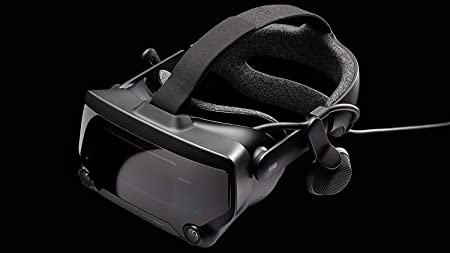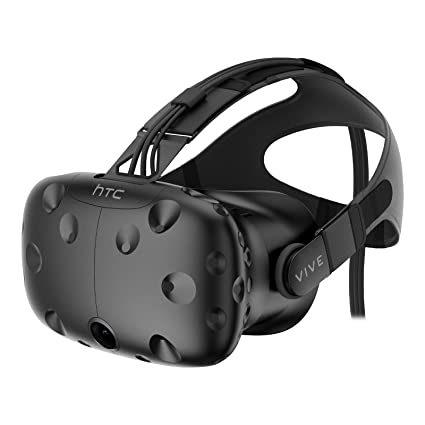Valve Index vs HTC VIVE
When you compare the Valve Index to the HTC VIVE you can see which VR Headset is better. Let's take a look of the comparison, and see which model of VR Headset out ontop.
What VR Headset is better?
Comparing the Valve Index and HTC VIVE VR headsets, both offer an immersive experience that utilizes room-scale 360 tracking. With two similar specs in this regard, they stand out from other headsets on the market. The Valve Index offers a wider field of view at 130 degrees while the HTC VIVE offers 110 degrees. Both also have high resolution displays which further enhances user immersion.
The Valve Index has a higher refresh rate than the HTC VIVE at 120 Hz, compared to 90 Hz of its counterpart. Higher refresh rates provide smoother visuals and better response time for users when navigating through virtual reality environments. The graphics requirements are similar between the two with Nvidia GeForce GTX 970 / AMD RX480 required for the Valve Index, and Nvidia GeForce™ GTX 1060 or AMD Radeon™ RX 480 required for the HTC VIVE. However, the minimum CPU requirement is higher for the Valve Index with Intel I5-4590 or AMD FX 8350 being necessary compared to just Intel I5-4590 on its counterpart.
In terms of compatibility, both headsets operate with Microsoft Windows but lack compatibility with MacOS which may be a deterrent to some potential customers as well as those who currently own Apple products such as Macs or iPhones. Based off my personal experience using both headsets side by side I believe that overall performance would lean towards what you get from the Valve Index since it has higher specs such as greater field of view, resolution, and refresh rate - all these aspects help create a more realistic environment in VR games making them much more enjoyable experiences overall; however, this does come at a slightly steeper price than its counterpart due to having superior specs and technology components packed inside it's design .
Overall based off my usage with both headsets I find that I personally preferred using and owning the Valve Index over anything else because of its superior graphical performance along with having support for extra features like finger tracking allowing me to perform tasks within VR world without needing any extra peripherals (which is something you don’t get on other sets). Even though cost might be an issue here it could still be worth it in order to take your experience into next level of immersion found in virtual reality worlds!
Specs comparison between the two VR Headsets
| Valve Index | HTC VIVE | |
|---|---|---|
| Overview | ||
| Brand | Valve | HTC |
| Model Name | Index | VIVE |
| Release Date | 2019 | 2016 |
| Country of Origin | United States | Taiwan |
| Category | PC VR | PC VR |
| Battery Life | 7 h | 2.5 h |
| Display | ||
| Field of View | 130° | 110° |
| Resolution | 1440 × 1600 px | 1080 × 1200 px (per eye) |
| Refresh Rate | 120 Hz | 90 Hz |
| Display Type | LCD | OLED |
| Minimum Requirements | ||
| Min. CPU Required | Intel I5-4590 or AMD FX 8350 | |
| Min. Graphics Required | Nvidia GeForce GTX 970 / AMD RX480 | Nvidia GeForce™ GTX 1060 or AMD Radeon™ RX 480 |
| Min. RAM Required | 8 GB | 4 GB |
| Operating Systems | Microsoft Windows | Microsoft Windows |
| Sizing | ||
| Weight | 809 g | 470 g |
| Dimensions | 609.6 x 431.8 x 228.6 mm | 199 × 122 × 122 mm |
| Features | ||
| Room Scale? | YES | YES |
| 360 Tracking? | YES | YES |
| Positional Tracking? | YES | YES |
| Front Camera? | YES | YES |
| Eye Tracking? | No | |
| Usable with Glasses? | YES | YES |
| Cooling System | YES | No |
| Built in Headphones? | YES | No |
| Built in Microphone? | YES | YES |
| Flip Visor? | YES | YES |
| Voice Command? | No | YES |
| IPD Adjustment? | YES | YES |
| Lens to Eye Adjustment? | YES | YES |
| USB? | YES | YES |
| MicroUSB? | No | No |
| Display Port? | No | YES |
| Mini Display Port? | No | No |
| HDMI? | No | YES |
| MicroSD? | No | YES |
| Bluetooth? | YES | YES |
| Wifi? | No | YES |

